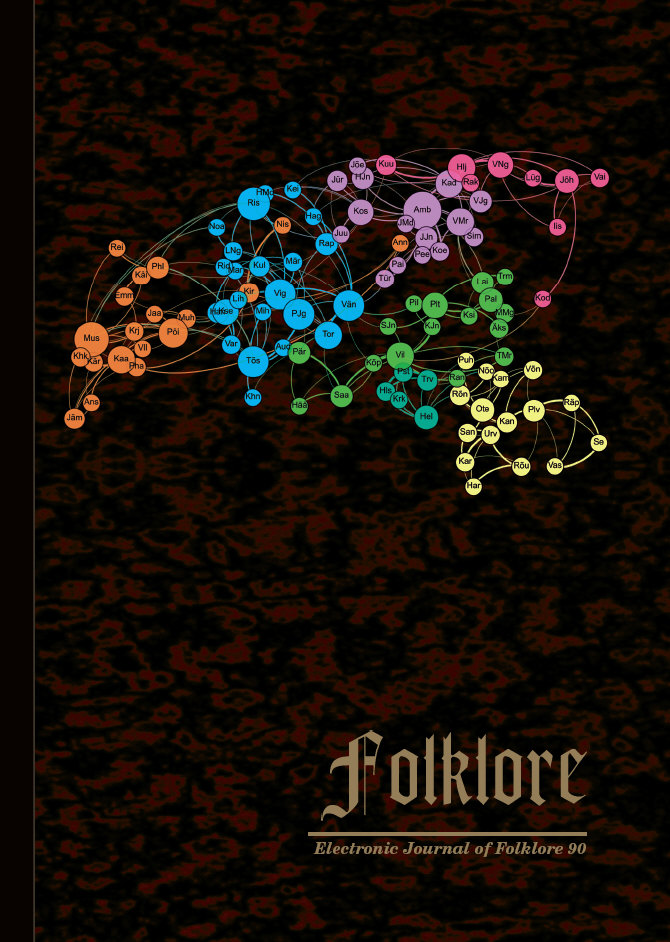The Estonian Language and Its Influence on Music: A Cognitive Sciences Approach
The Estonian Language and Its Influence on Music: A Cognitive Sciences Approach
Author(s): Eerik Jõks, Marju RajuSubject(s): Customs / Folklore, Music, Cultural Anthropology / Ethnology, Culture and social structure
Published by: Eesti Kirjandusmuuseum
Keywords: idiomatic singing; language; music–language link;
Summary/Abstract: Musicology may seem a specific small sector of humanitarian scholarship to the layman, but it hides variety within from highly theoretical subjects such as music theory to the fieldwork with indigenous repertoires and their performance, as found in ethnomusicology. There is a shift in contemporary musicology, its focus moving more towards studies of musical performances and the use of empirical study designs to complement the analysis of musical scores. These interdisciplinary empirical studies cross the border of humanitarian scholarship and apply the methods of the natural sciences, for example spectrogram analysis of singing and the measurement of the temporal structure of recorded music. The cognitive sciences of music (CSM) can be looked at as an umbrella term for branches of musicology that use empirical research methods and draw their research questions from music related individual and group processes. One of the major topics of CSM relates to research in linguistics. Music and language, as well as speech, are closely linked as the human voice is a natural part of vocal music and is considered a quintessential element in musical thinking, vocal and instrumental alike. The music–language–speech relationship intrigues Estonian musicologists as research questions focusing on related topics arise in different fields of musicology, including natural settings and functional songs (musical development, spontaneous singing, runosong, ecclesiastical singing) to the vocal art music performed by professional singers (some chronological examples: Ross & Lehiste 2001; Raju 2015; Lippus & Ross 2017; Jõks 2021; Vurma et al. 2022). The purpose of this referative overview article is to introduce a selection of previous research and discuss the results. The endeavour of the authors is to find an abstract common denominator of selected CSM research projects to establish the most estimable useful knowledge that Estonian CSM has to offer to the international scholarly community, as well as to follow-up research in Estonia. Although we can see the results of that support, and we can see the universal perception and cognitive processes of language and music in Estonian research, there are also several interesting prosodic-musical differences relating to the fact that Estonian belongs to the Uralic language family, more specifically Western Finnish language group. Indo-Germanic (mainly German, Russian, Latin, Italian, and English) language related prosody and singing culture does not necessarily support the natural language usage and therefore represses emotional and spontaneous involvement in singing. It seems that in the process in which Estonian scholars deal with their distinctive mother tongue, indigenous musical repertoires, and idiomatic singing, intuition – more precisely a scholarly intuition –, might play an important role.
Journal: Folklore: Electronic Journal of Folklore
- Issue Year: 2023
- Issue No: 90
- Page Range: 109-136
- Page Count: 28
- Language: English

